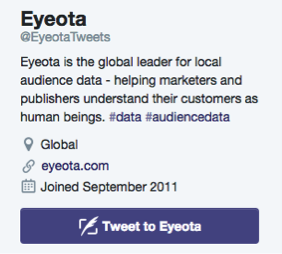A picture may be worth a thousand words, but a caption will turn browsers into consumers. Captions are the opportunity to connect with your audience on a more personal level. You know your brand voice? This is the time for it to shine. An effective instagram caption can make the difference between a conversion or leave a post ignored.
1. Find the right voice
Voice refers to the personality projected when writing a caption or interacting with other users. The trick to achieving the right tone is through establishing your target audience and coupled with the nature of your business. When in doubt, caption it as if you were writing it to a friend, but leave out short-lived instagram slang that expires faster than you can say “on fleek”
2016 Instagram terms that we predict will die quick painless death:
- FAM
- Squad
- Savage
- Bae
Tip: As of Apr 2016, ‘Snatched’ is the new ‘On fleek’
2. Stay consistent
If you’d take a look at the instagram accounts of big companies like General Electric, you’d notice that there is a strong consistency in how the photos are all professionally shot. More importantly, there is consistency in how the captions are crafted. In the case of GE, the Instagram is all about inspiring individuals and sharing their research with the world.
3. Be funny
Take a look – Hewlett Packard, Intel, and our personal favourite, Cisco, have the funniest Instagrams of all time. Did we mention they are also traditionally pretty boring companies?
Instagram is the one place where you can let your freak flag fly, no matter how serious your product is. Don’t take yourselves too seriously on this platform, show some brand personality.
4. Use hashtags
Hashtags are the perfect way to increase the odds of accidental discovery from users who may just be interested in what you have to say. Hashtags are especially useful for campaigns as they allow user-generated content to get aggregated all into one place.
But don’t over do hashtags. #Otherwise #you #will #look #outdated.
Click here to see the list of trending hashtags!
Red Bull loves to hashtag their photos and I must say, it’s done very tastefully and as a result of that, Red Bull’s account often gets discovered by chance.
5. Be engaging
Do you know why Instagram overtook Flickr as the world’s leading photo-sharing app?
Social skills.
Instagram isn’t just a chance to share photos, it’s a platform where you can ask a question and people can have engaging conversations (or arguments) about your photo. The caption space is an opportunity to open up the floor to ask your audience anything, or to have them ask you. There’s a reason why some photos have over 9000 comments. Start a conversation on your image today.
An effective Instagram account is all about having the right attitude, good humour, and a solid picture to go with it.
If you need help with your Instagram captions, let us help you create some magic. Drop a message to hello@mutant.com.sg








